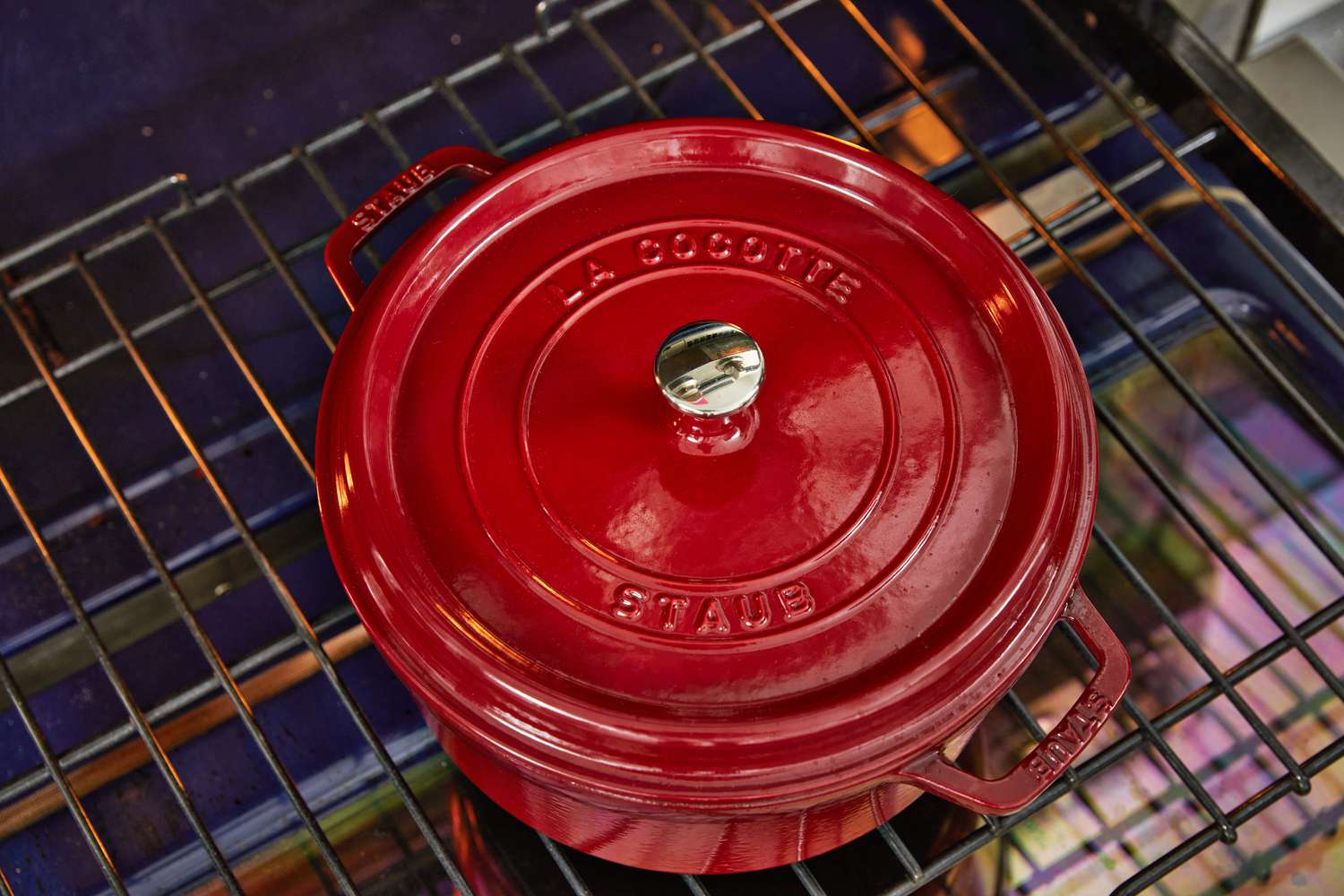House owners and renters often wonder: what is the difference between a Dutch oven and a pot? This question is critical for anyone looking to expand their kitchenware collection. Both Dutch ovens and regular pots are fundamental tools in the kitchen, but they serve different purposes and offer unique benefits.

The Basics: Dutch Oven vs Pot
What is the difference between a Dutch oven and a pot? At their core, both are cooking vessels used to prepare a variety of dishes. However, their designs, materials, and functionalities differ significantly.

Design and Structure
Shape and Size
One of the main differences between Dutch ovens and pots is their shape and size. Dutch ovens are typically heavier and have thicker walls. They are also often deeper than regular pots, making them ideal for braising and slow-cooking.
Material
Another key difference lies in the materials used. Dutch ovens are usually made from cast iron, which offers excellent heat retention. On the other hand, regular pots can be made from a variety of materials like stainless steel, aluminum, and copper.

Functional Differences
Heat Retention
Due to their material, Dutch ovens have superior heat retention capabilities compared to standard pots. This makes them perfect for slow-cooking recipes that require steady, even heat.
Versatility
Both Dutch ovens and pots are versatile, but in different ways. Dutch ovens can be used for baking bread, roasting meat, and even frying. Regular pots are generally used for boiling, simmering, and making soups.

Cooking Techniques
Braising
Braising is a cooking technique that benefits significantly from the use of a Dutch oven. The thick walls and heavy lid help to lock in moisture and flavor.
Boiling and Simmering
Regular pots excel in tasks like boiling and simmering. Their lighter weight makes them easier to handle when draining pasta or making large batches of soup.
Maintenance
Cleaning
Cleaning a Dutch oven can be a bit more labor-intensive compared to a regular pot, especially if it’s made from uncoated cast iron. However, enameled Dutch ovens are easier to clean.
Durability
Both Dutch ovens and regular pots are durable, but Dutch ovens, particularly those made from cast iron, can last a lifetime with proper care.
Popular Recipes
Dutch Oven Recipes
You can create a myriad of delightful dishes using a Dutch oven. Here are some suggestions:
- Bread Baking
- Beef Stew
- Chicken Casserole
For more inspiration, check out these terrific recipes.
Pot Recipes
Regular pots shine in simpler, yet delicious recipes like:
- Pasta
- Vegetable Soups
- Steamed Rice
Discover more delightful recipes.
User-Friendly Tips
How to Clean Cookware
Proper cleaning techniques extend the lifespan of your cookware. Check out these guides on how to clean different types of cast iron cookware:
Safety Features
Handling Hot Surfaces
Always use oven mitts when handling hot Dutch ovens and pots to avoid burns.
Preventing Spills
Ensure that lids fit securely to prevent spills during cooking.
Restoring and Seasoning Cast Iron
To maintain the quality of your Dutch oven, regular seasoning is essential. Learn how to restore cast iron properly.
FAQs
Can I use a Dutch oven on an electric stove?
Yes, Dutch ovens can be used on electric stoves, but make sure to lift rather than drag them to avoid scratching the surface.
Is it necessary to season a Dutch oven?
Yes, particularly if it’s made from cast iron. Seasoning provides a natural non-stick surface and prevents rust.
What size Dutch oven should I buy?
The right size depends on your cooking needs. A 5 to 7-quart Dutch oven is versatile and can handle most recipes.
As an Amazon Associate, I earn from qualifying purchases.
As an Amazon Associate, I earn from qualifying purchases.

